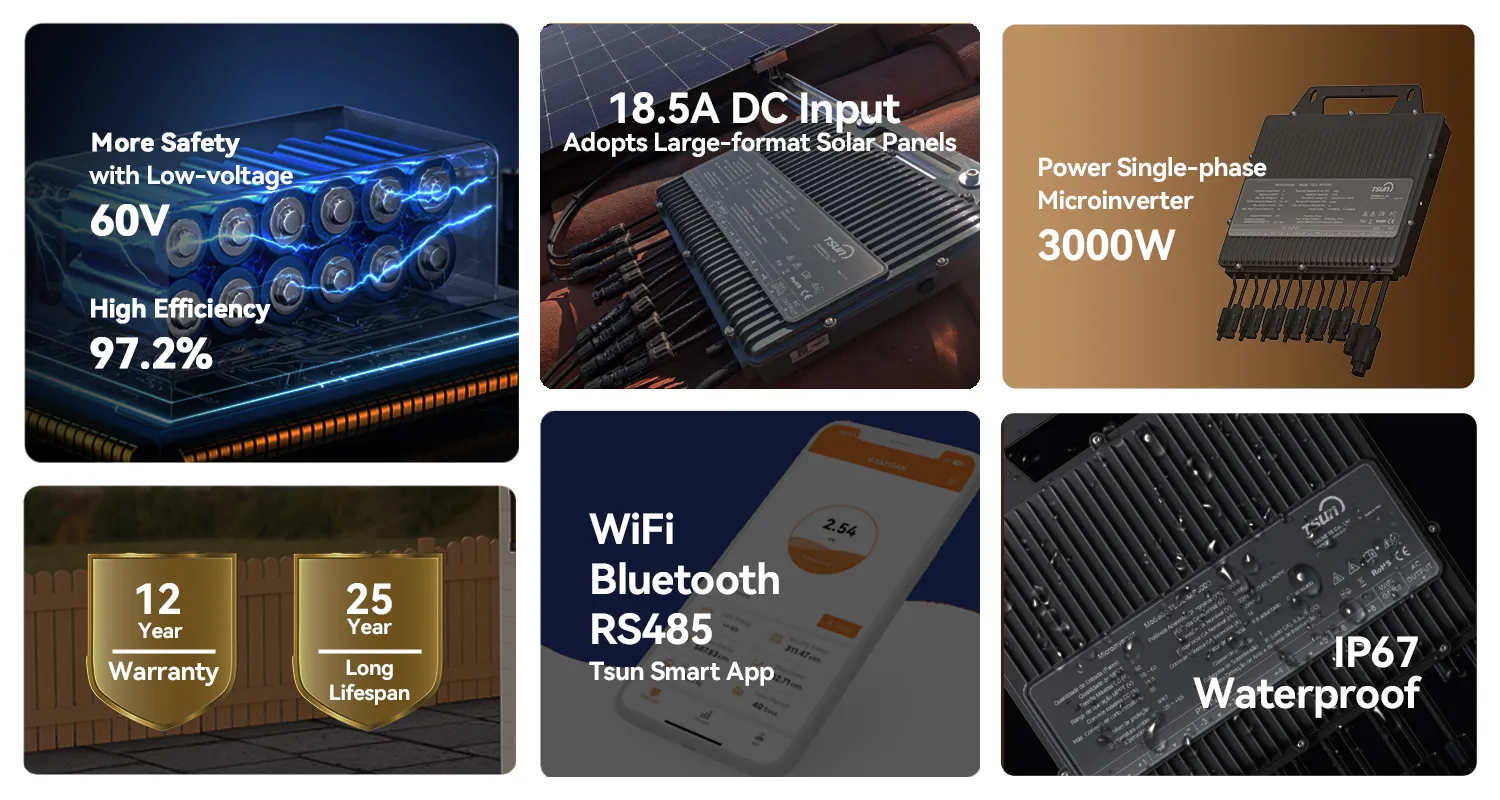Harnessing solar energy for home use has become a significant trend as more homeowners seek sustainable and economically viable energy solutions. At the core of this transition are batteries for home solar storage, which are pivotal in managing and optimizing solar energy consumption. This article delves into the intricacies of choosing and maintaining the best solar battery storage systems, aiming to enhance user experience with in-depth expertise, authoritative insights, and trustworthy guidance.

Home solar batteries are an indispensable component for anyone looking to maximize their return on investment in solar energy systems. They function by storing the energy generated by solar panels during the day, which can then be used at night or during power outages. The choice of a suitable battery system ensures efficient energy usage, reduces reliance on the grid, and can significantly lower electricity bills. Among the various types of batteries available, lithium-ion and lead-acid are the prominent ones, each offering distinct advantages.
Lithium-ion batteries are rapidly gaining popularity due to their high energy density, longer lifespan, and decreasing costs. Known for their efficiency, lithium-ion batteries charge faster and have a higher Depth of Discharge (DoD), meaning more energy can be used from the battery's total capacity. These features make them an optimal choice for homeowners with high energy consumption or who aim to use solar energy as their primary power source.

On the other hand, lead-acid batteries, known for their reliability and lower upfront costs,
have been a traditional choice for solar storage. Even though they have a shorter lifespan and a lower DoD compared to lithium-ion batteries, advancements in technology have led to the development of sealed lead-acid batteries, which are maintenance-free and offer improved performance over traditional flooded lead-acid options. They are particularly appealing to beginners or those looking to keep initial costs in check.
batteries for home solar storage
Selecting the right solar battery storage system involves evaluating several critical factors. Capacity and power are foremost considerations; while capacity refers to the total amount of energy a battery can store, power denotes how much energy it can provide at a given time. Opting for a battery with a suitable combination of both ensures that energy needs are met consistently and efficiently. Additionally, round-trip efficiency, which is a measure of the energy retained for actual use after storage, should guide battery selection, with higher efficiency translating to less energy loss.
The warranty and cycle life of a battery offer insights into its longevity and reliability. Most high-quality batteries come with at least a 10-year warranty or are rated for a certain number of cycles. Homeowners should assess their daily energy requirements and invest in a system that aligns with their long-term usage patterns to fully leverage the benefits of solar storage.
When integrating battery systems, the technology and chemistry used are also crucial for understanding how they will perform in various environments. Advanced energy management systems can optimize how and when stored energy is used, offering more savings and minimizing the load on batteries. Modern systems often include smart technology features that allow for remote monitoring and management, enhancing their appeal for tech-savvy users seeking comprehensive energy solutions.
Undoubtedly, batteries for home solar storage represent a progressive leap toward energy independence and sustainability. As the market continues to evolve, staying informed about the latest advancements and expert recommendations can empower homeowners to make sound decisions. Researching product reviews, consulting with energy experts, and considering personal energy consumption patterns are all part of making a trustworthy and informed investment. Emphasizing experience and expertise, one can confidently navigate the landscape of solar battery storage to usher in a more sustainable and cost-effective future.
 LEARN DETAILS
LEARN DETAILS
 News
News



